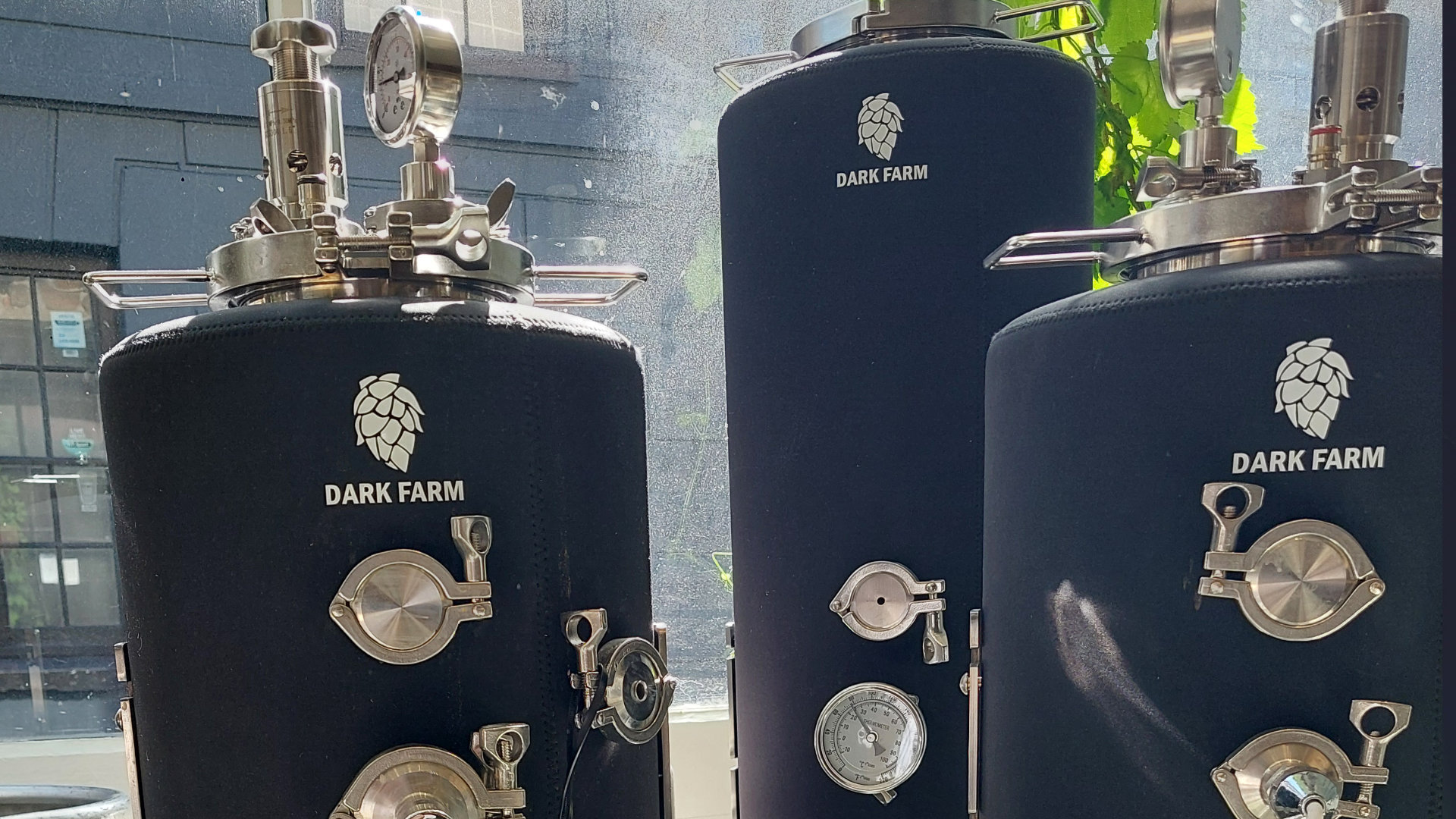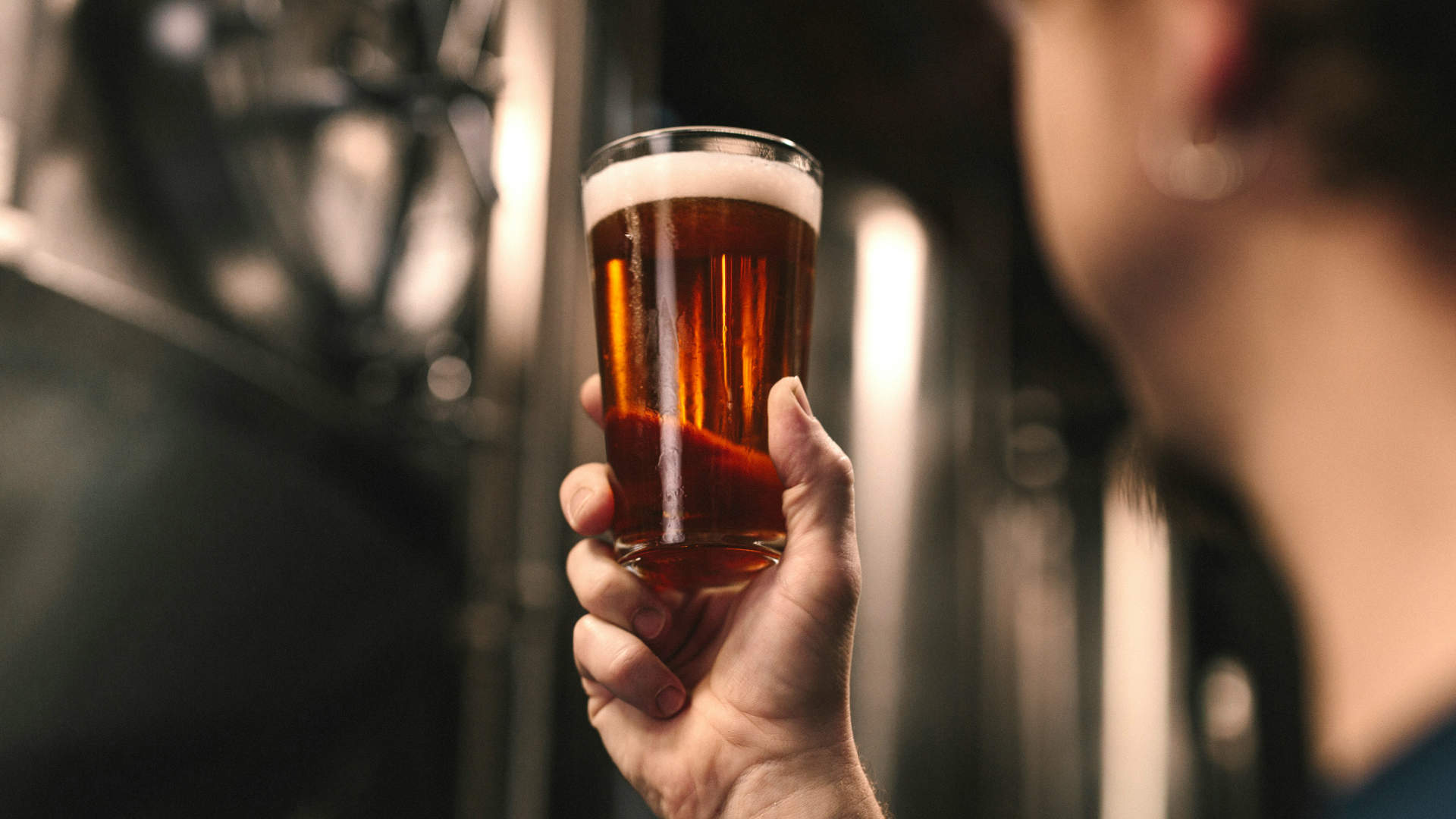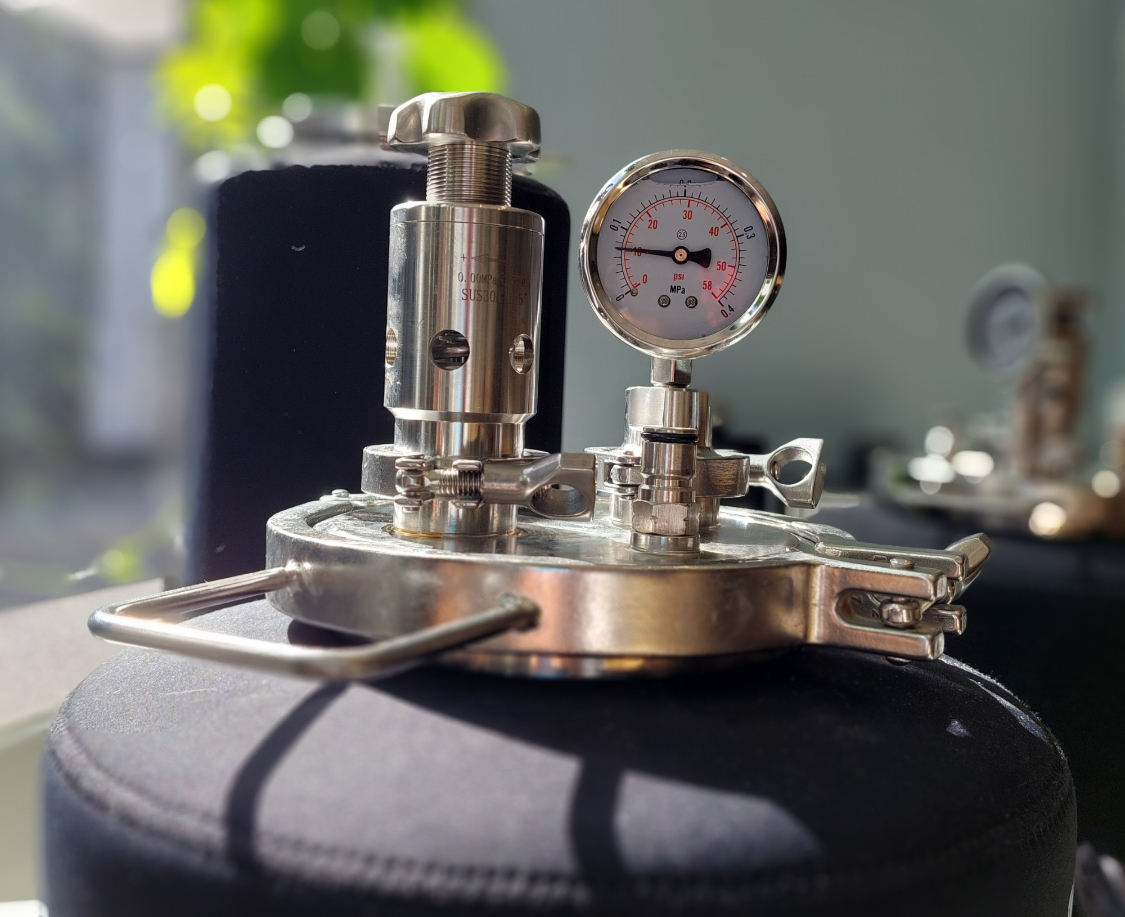We’ve all been told the importance of cooling down your wort as quickly as possible once the boil is over. Reaching the pitching temperature (the temperature where you can safely add your yeast) helps reduce infection from microbes and external nasties. Other benefits of rapid chilling include clearing out proteins and hop particles when used alongside a whirlpool.
So why would you choose not to do it and what’s the other option? There are many reasons why you may choose to not rapidly cool your wort. You may want to simplify your brew day, or perhaps you’re lacking the additional equipment required or access to running water and easy drainage. If this is the case, what is the alternative? Well, you simply leave it to cool.
Cooling your wort the old fashioned way is called ‘Hot Cubing’. In simple terms, once your boil is done you extract your wort into a sterilized container with a similar volume as your wort. Importantly, the container has to be able to withstand 100°C wort without melting. Then you can store it until you are ready to ferment.
Note though, that once the wort is inside your container you need to remove the oxygen. How you remove the oxygen depends on the container itself. For example, if you are using a plastic container, this can simply be done by either filling the vessel to the brim (100% full) or squeezing the container so the air is removed, then sealing it. If you are lucky enough to have a metal container like a conical fermenter, you can purge out the oxygen using CO2.
A great benefit of doing it this way is that you can choose when to ferment it. If you have a brew on the go which is being stubborn to reach its final gravity, you can simply put your latest wort aside and wait.
I’ve been experimenting with hot cubing whilst brewing with the Brew Tank. Once the boil is done, and any late hop additions have been added and, importantly, removed (I’ll come back to this), I then give the wort a 10 min spin around with the built-in whirlpool. Making sure the lid is sealed, I purge the tank with CO2 using the 4†tri clamp attachment with ball lock posts and a small CO2 regulator which we use with our kegs. Then I leave it overnight to cool.
I’ve been hot cubing simply because I don’t have easy access to water at our current (temporary) brewing location. After my first few attempts, I noticed that the brew was overly bitter. A little research told me the blindingly obvious: when you are cooling your wort over a longer period your bittering characteristic will continue during the cooling period. So make sure you remove all hops from the wort before cooling!
Secondly, adjust your hop additions by around 15-20 mins. For example, if you would normally add 10g of hops at 60 min, change this to 40-45 mins. Lastly, avoid flame out hops additions - this is possible but hard to control. Once I managed to dial back on the IBUs, I found the process extremely easy to do and started to produce some cracking beers.
How do you cool your wort? Let us know over on Facebook or Instagram
@darkfarmhops




